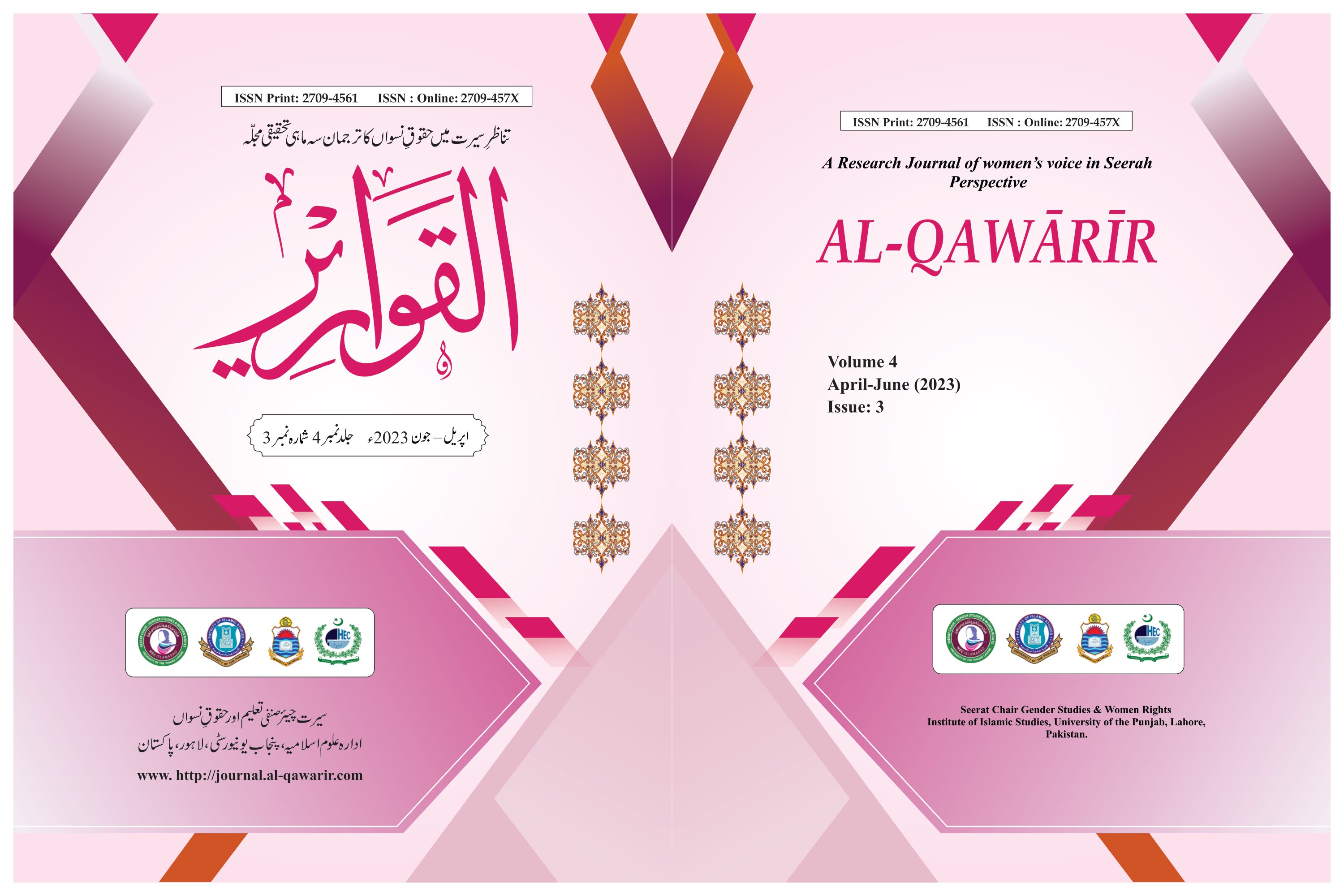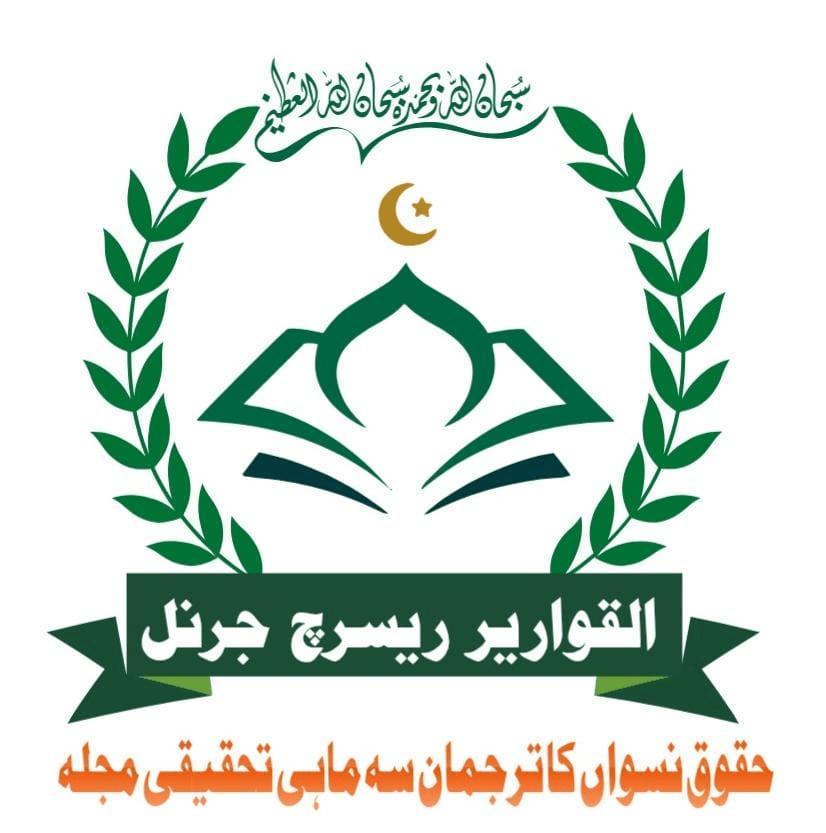Contemporary Social Challenges to a Pakistani Woman – Guidance In The Light of Seerat-e-Tayaba ﷺ
Keywords:
Challenges, Pakistani woman, parochial, Employment OpportunitiesAbstract
Women represent nearly half of Pakistan's total population. They are as important as men in Pakistan's development and progress. Pakistani society is not different from any other parochial and male-dominated country, where the dominant patriarchal structure hardly permits to second one to flourish and stand up for its own grounds. As a result, such a trend leads to a society that places women in a vulnerable position in practice; Pakistan is serving as a prime example.Some major challenges to Pakistani woman in current scenario are the cycle of domestic Abuse, gender-based violence or domestic violence is another top concern for women, access to education, Employment Opportunities, Reproductive Health & Rights lack of respect for care giving etc. Influence of social media is also on more challenge. Social restrictions like; profane language, nakedness, rude disposition, brutality, illegal drug use, bigotry, extra-material connection, racism, divorce, and abortion are also major challenge to a woman living in Pakistani society. The purpose of the study is to examine and determine the significance of major challenges to Pakistani woman s life. This study also seeks to explain how contemporary challenges affect Pakistani woman in current scenario? And what is needed to resolve these issues. Society is in an ever-changing and self-transforming process, It the need of time’ to empower woman within the boundaries of Islam. The freedoms as well as limitations of ladies are equivalent to those of men however they are not really identical. This distinction is justifiable on the grounds that men and ladies are unique; in their physiological and mental make-up. The methodology of this research study is descriptive with an analytical tone.
Downloads
Downloads
Published
Issue
Section
License
Copyright (c) 2024 Dr. Tayyaba Razzaq (Author)

This work is licensed under a Creative Commons Attribution-NonCommercial-NoDerivatives 4.0 International License.




